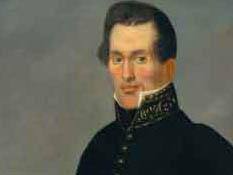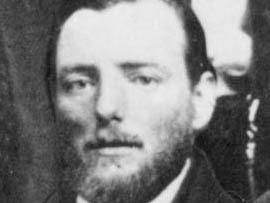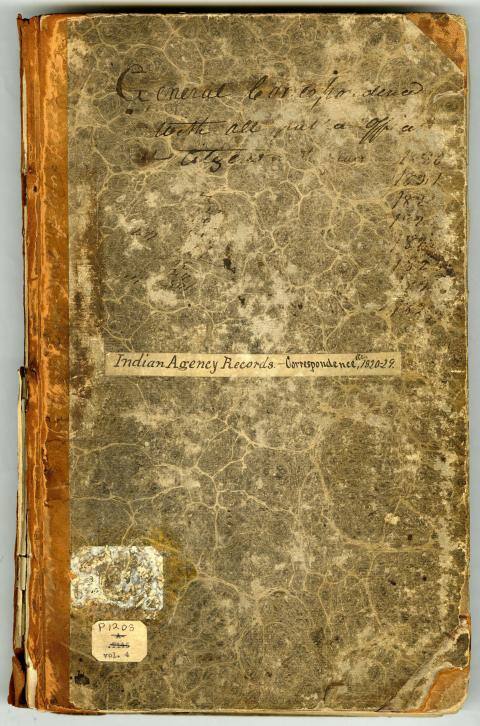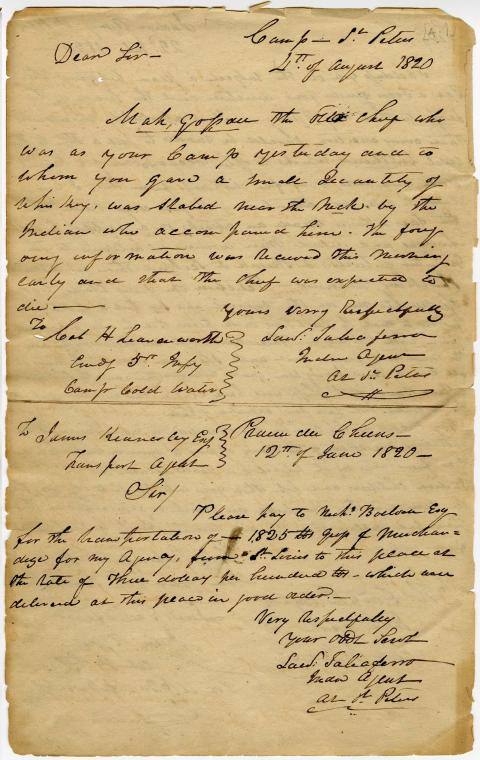Bibliography
Anderson, Gary Clayton. Kinsmen of Another Kind: Dakota-White Relations in the Upper Mississippi Valley, 1650-1862. St. Paul: Minnesota Historical Society Press, 1984.
Prucha, Frances Paul. American Indian Treaties: The History of a Political Anomaly. Los Angeles: University of California Press, 1994.
Prucha, Frances Paul. Documents of United States Indian Policy. Lincoln, NE: University of Nebraska Press, 2000.
Prucha, Frances Paul. The Great Father: The United States Government and the American Indians. Abridged ed. Lincoln, NE: University of Nebraska Press, 1986.
Sheehan, Bernard W. Seeds of Extinction: Jeffersonian Philanthropy and the American Indian. New York: W. W. Norton & Co., 1973.

_1_0.jpg) "The Indian . . . came into reservation life reluctantly. . . . He was practically a prisoner, to be fed and treated as such; and what resources were left him must be controlled by the Indian Bureau through its resident agent."
"The Indian . . . came into reservation life reluctantly. . . . He was practically a prisoner, to be fed and treated as such; and what resources were left him must be controlled by the Indian Bureau through its resident agent.".jpg)



